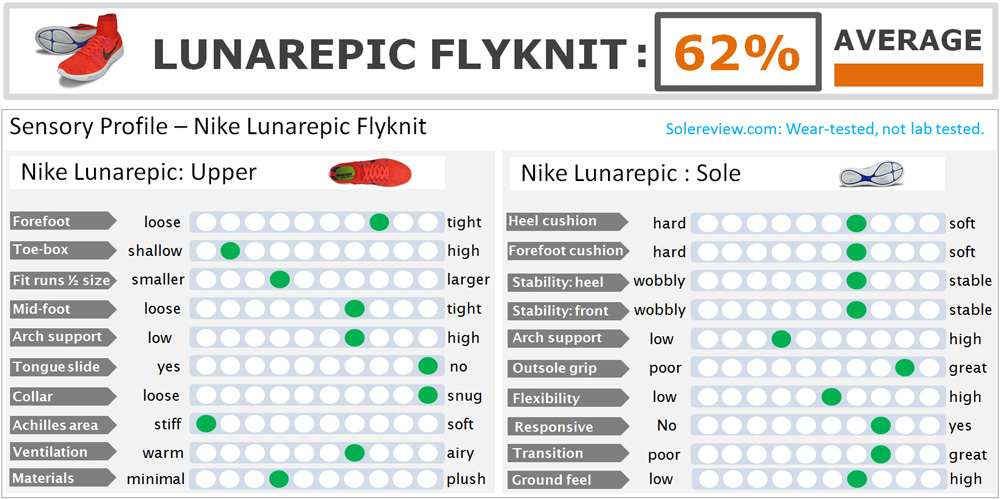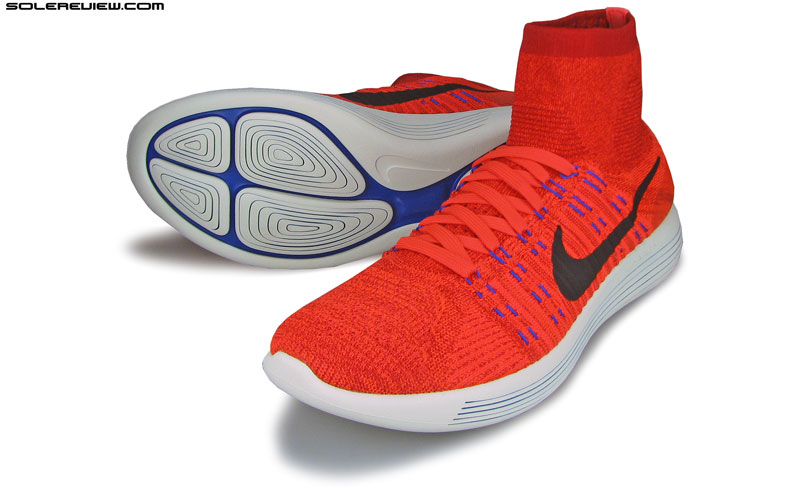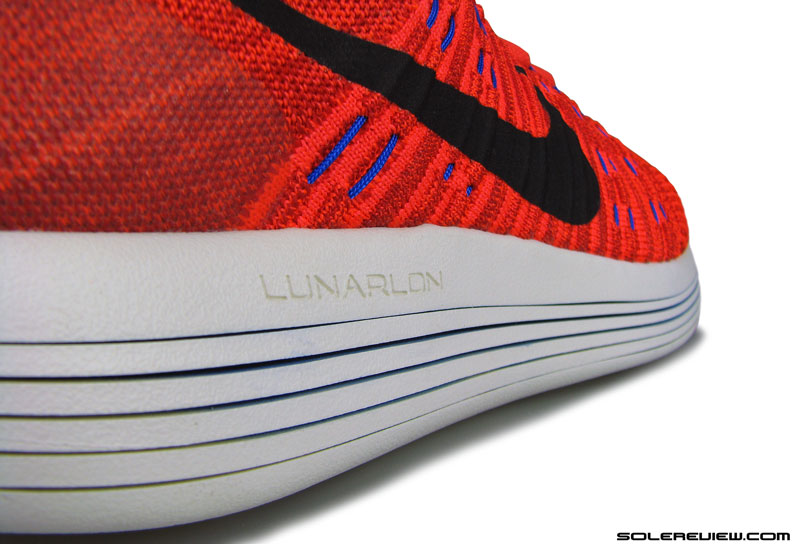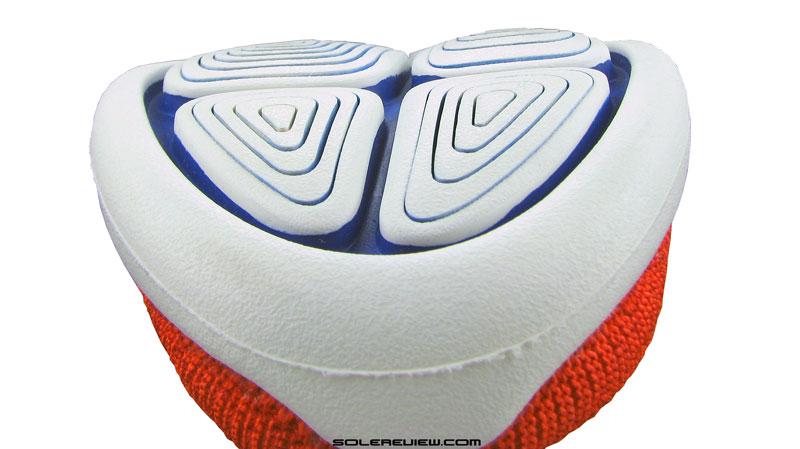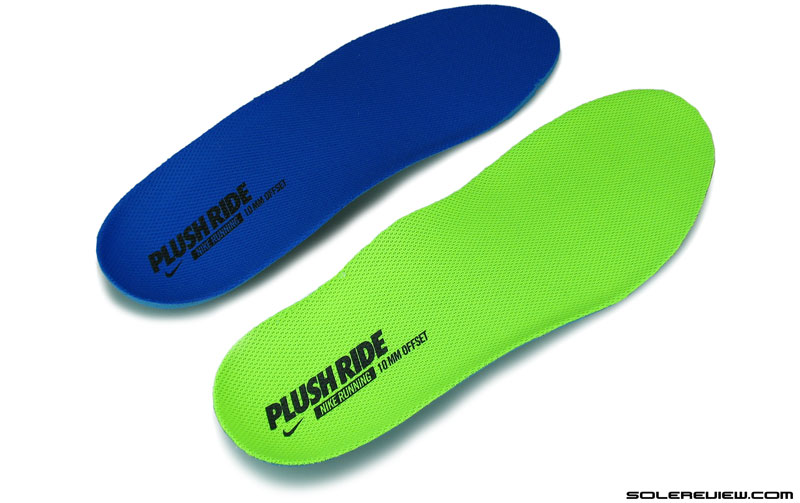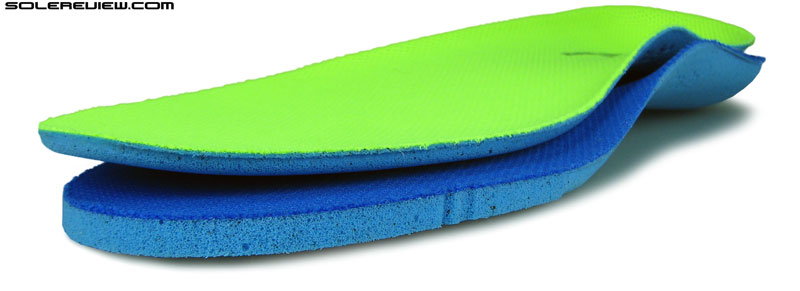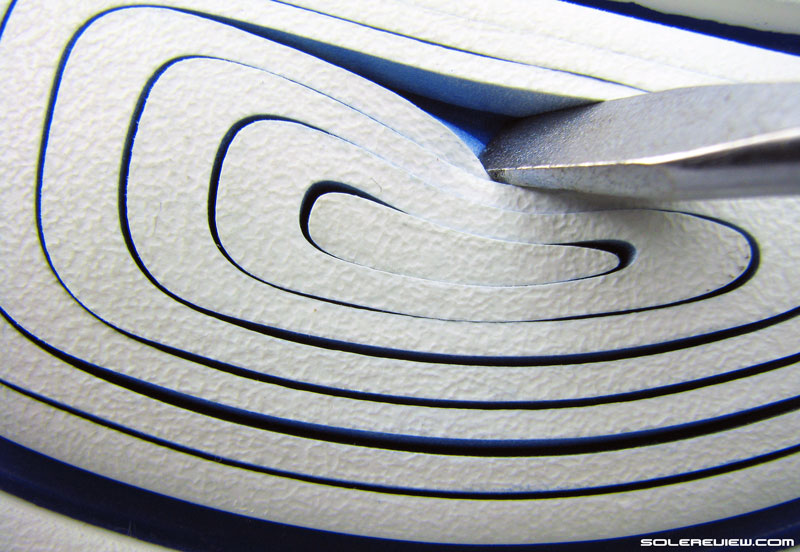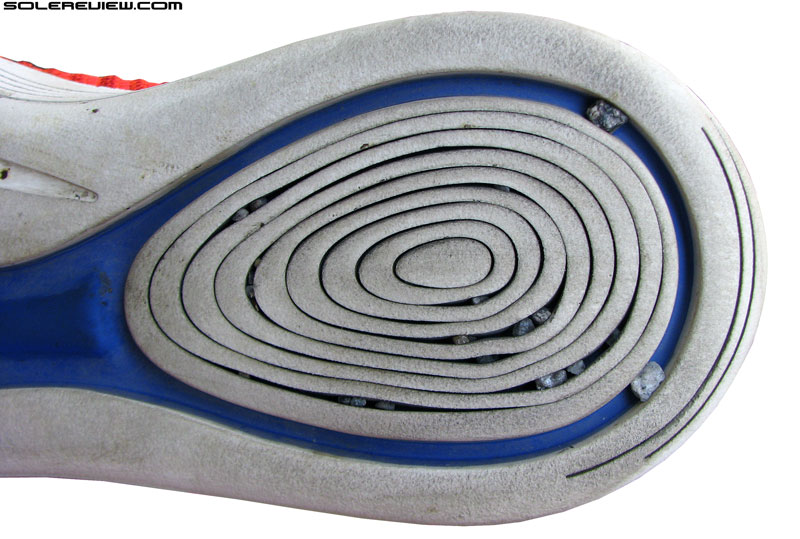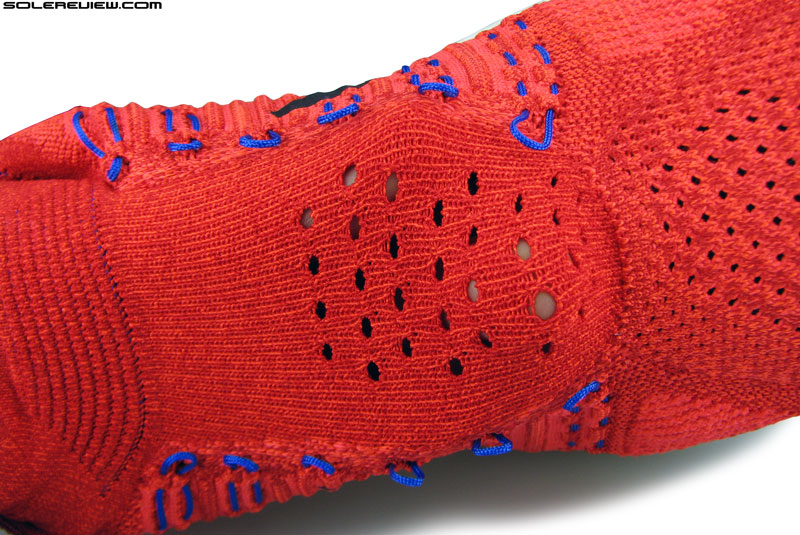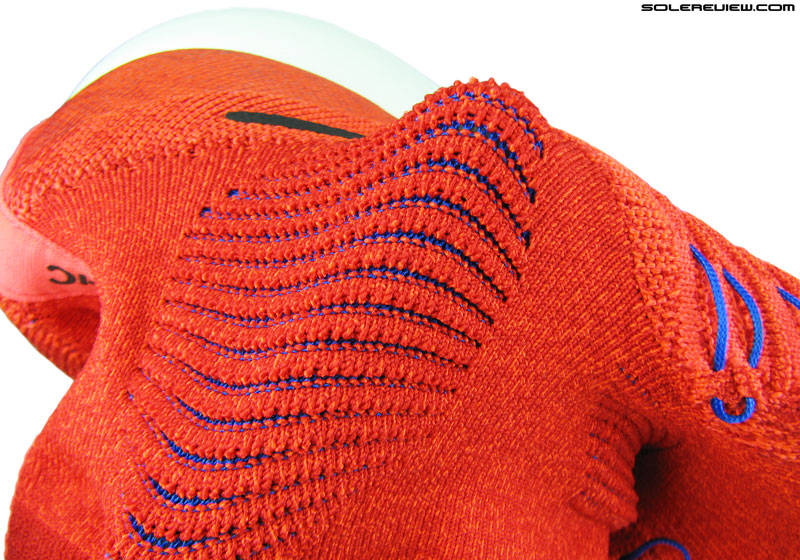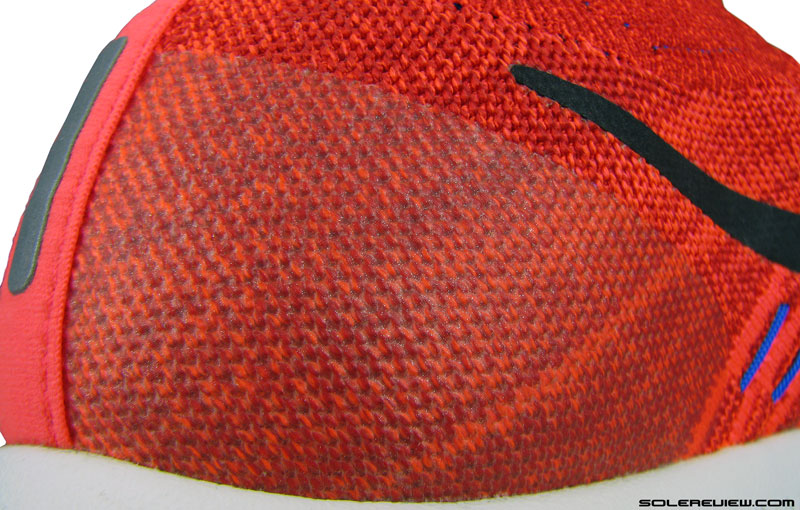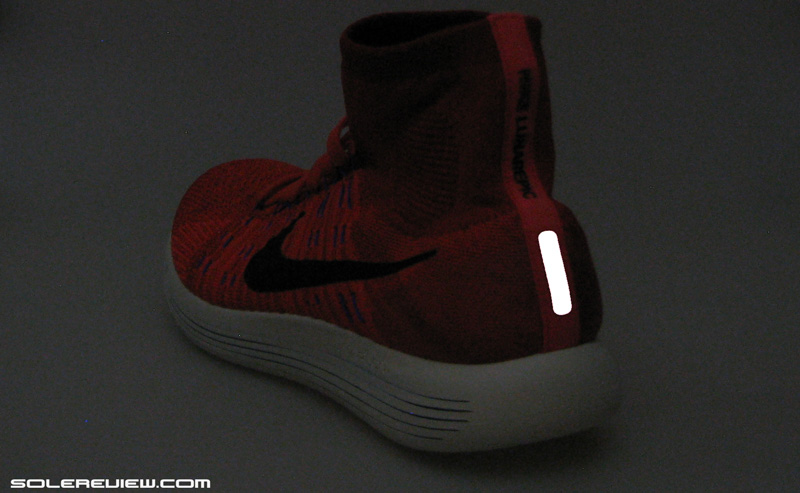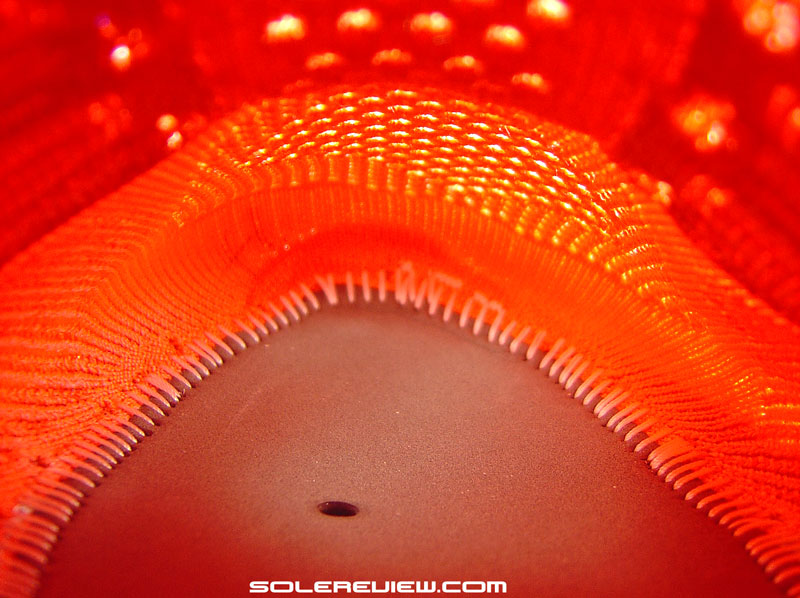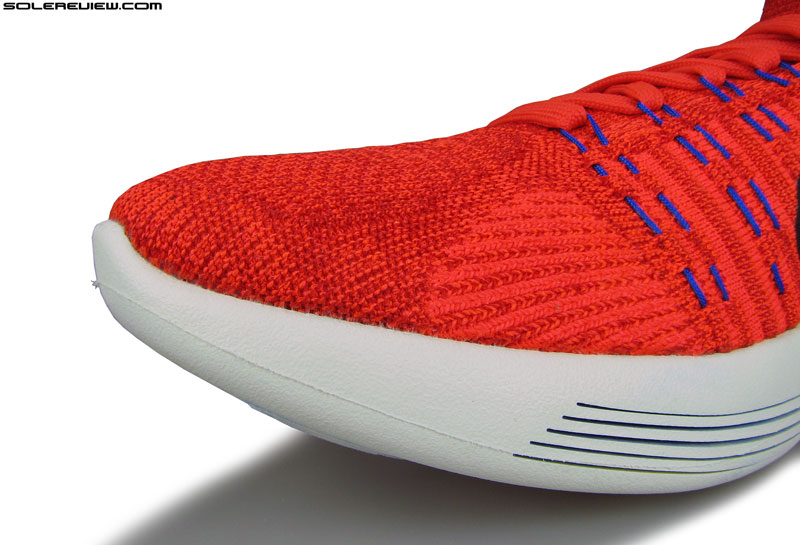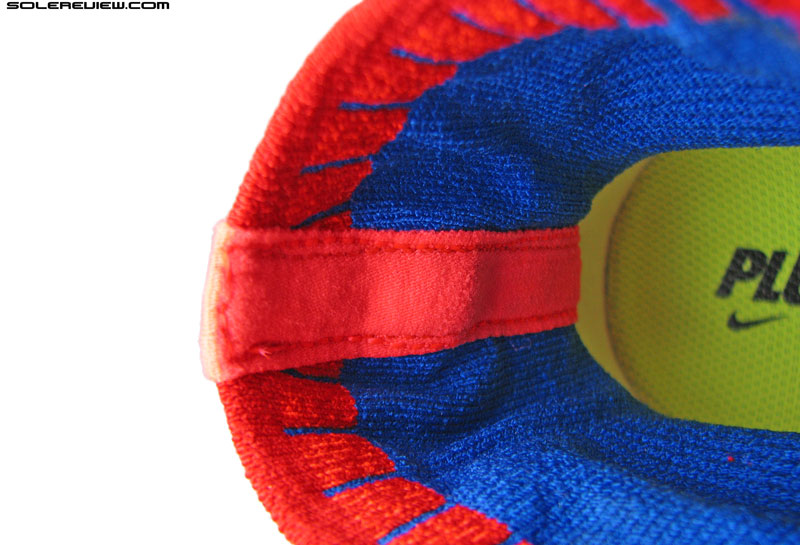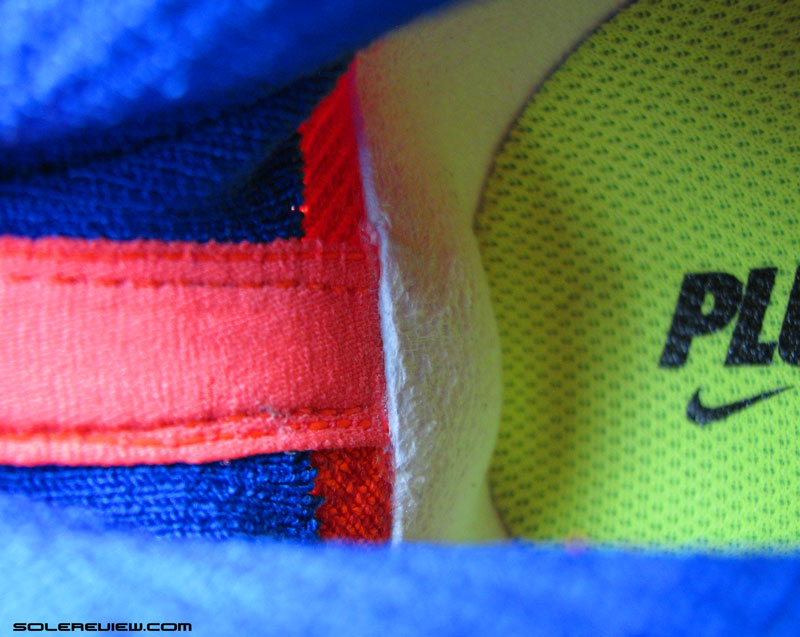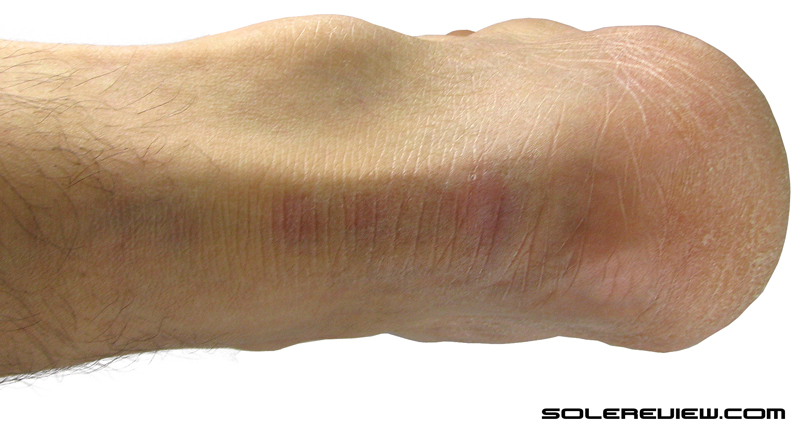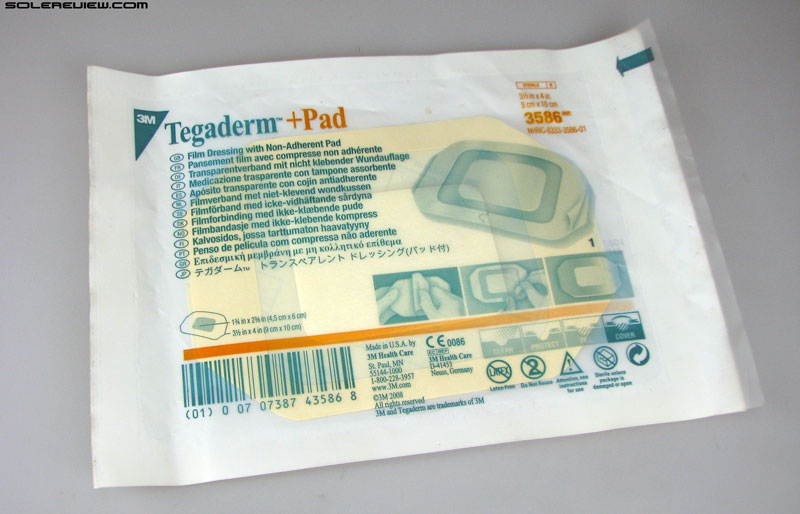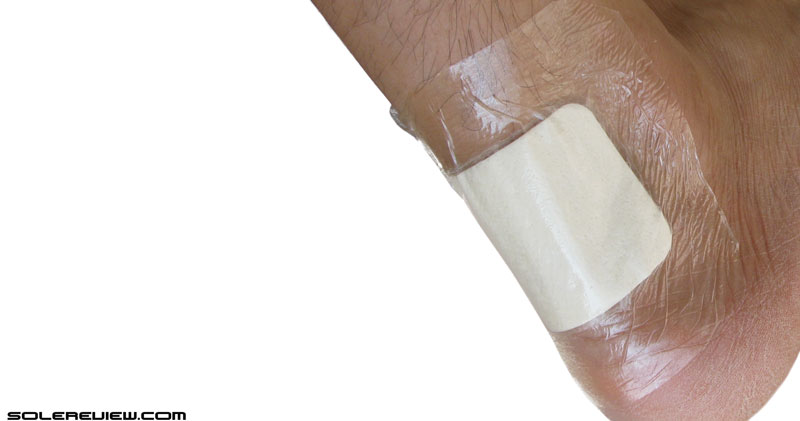One goes through phases when reviewing a running shoe. More often than not, the first run evokes strong emotions. It could be something on the lines of ‘this shoe feels super awesome’, or ‘dude, this shoe sucks’. At times, it is a place between those two extremes.
The next couple of days is spent assessing whether the shoe was actually amazing or really that bad, and you have to refocus your senses on the aspects which made you think so on day one.
You literally have to sleep on it.
By day five, one forms a well rounded first impression. While this is clearly no substitute for feedback which is shaped after clocking 100+ miles on a shoe, a week of running helps you see the shoe for what it is, with its merits and drawbacks clearly separated.
At times, you get this sense that you haven’t covered all the bases as soon as you begin typing the first lines of a review. When this happens, you pause and spend a couple of more days with the shoe. This process also helps put the pieces together in better perspective; are the shoe’s strengths enough to overpower its shortcomings, or are any of the flaws a true deal-breaker?
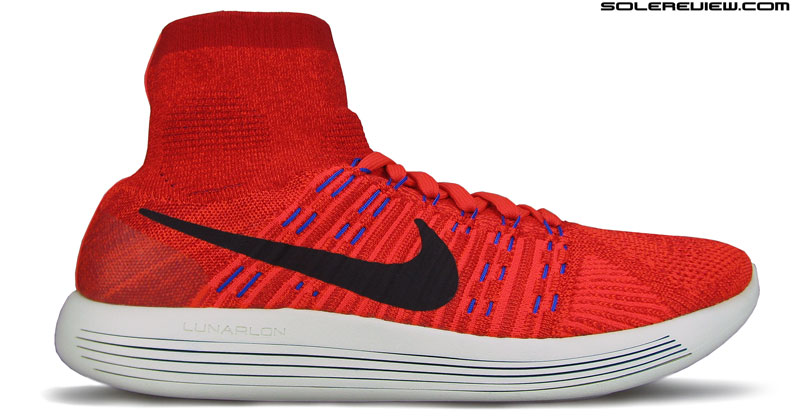
Lunarepic comes with epic marketing to match. While it delivers on many of the goods, the shoe isn’t without its flaws.
The Nike Lunarepic Flyknit is awesome in many ways, a result of its unique fit and brand new form factor. Unfortunately it has three flaws, and one of them undoes whatever makes the shoe otherwise great.
And what might those flaws be? Ah, we’re getting ahead of ourselves, aren’t we. First, some required reading to set the background.
adidas and Nike are by far the leaders when it comes to footwear innovation. The two brands have been in a slugfest ever since Phil Knight (nike’s founder) began selling cheap Onitsuka shoes from the back of a van in the 1960’s. And speaking of the German brand, adidas practically invented the athletic footwear industry and the concept of sports marketing.
adidas, (and the Reebok of old to some extent) and Nike have been relentless in pushing new ideas to the market. Many of them were gimmicks, which was basically a result of a process which involved throwing many things at the wall, hoping that one of them will stick.
But that is how the distribution curves works. A few hits are churned out of many duds. Without the brands doing their thing, we wouldn’t have got adidas Boost or the Nike Flyknit. What’s also important to note that advancement in manufacturing and general tech has always been the backbone of footwear innovation.
At times, there is a reverse flow, meaning that the brands think of a novel footwear idea, and then summon their manufacturing know-how to make it a commercial reality. Running shoes after all, are industrial products and not the hand-crafted specimens the brands would have you believe.
That said, inter-dependency factors have a huge influence of a symbiotic kind. For example, Flyknit or Primeknit wouldn’t be here if it weren’t for computerization of machines, and adidas Boost would not exist if BASF did not cook that material up in their labs.
And what use would the Nikeplus or Runkeeper (now owned by Asics) app be without smartphones, tablets or PC? Puma and adidas had the running data tech figured out in the 1980’s; remember the Puma RS 100 or the adidas Micropacer ? That’s like ancient Greece in running shoe terms.
The use of lasers in commercial footwear manufacturing is a good example, because that concerns the making of the Nike Lunarepic. Lasers have been long used to create upper detailing, though not so much in running shoes.
Nike has been laser-etching their leather sportswear models (Nike Air Force One and the Dunks) for over a decade now. Recently, Brooks used a laser-cut upper on their Transcend 3.
Nike takes it a few steps forward by using a laser cut midsole on the Lunarepic. Uppers are relatively easier to laser cut or etch, given that it is a component which can lie flat over a surface, and have the guided laser leisurely destroy the upper layers. Laser cutting a three dimensional object like a molded foam midsole on an industrial scale is a feat.
The Lunarepic’s one piece midsole is laser cut on three sides. The outer and inner midsole sidewalls have slits cut into them which extends from the rearfoot to the forefoot. If you prise them open with a flathead screwdriver, you’ll catch a glimpse of the Lunarlon foam inside.
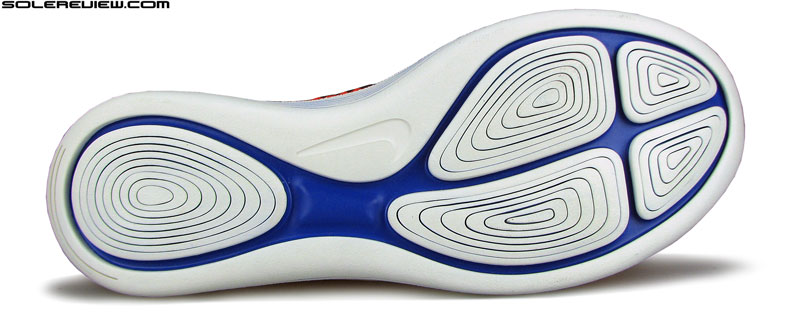
The outsole also has that laser thing going on. The design looks like: Gecko paws? Tree rings? Take your pick.
The Lunarlon foam is fused to the outer EVA casing; recently we saw this design on the Free RN Distance. The new outsole also gets this the laser cut treatment. Nike claims to have used a dual injection process for its foam composite sole – again, an assembly tech which wasn’t mainstream till a few years ago.
Speaking of which, Nike leaves out the use of rubber layering on the LunarEpic, and instead outsources that function to a 100% foam construct. The outsole is full contact, and has these pod-like structures. The forefoot has four of these, and the rearfoot a single flat one. Laser cut grooves are cut into these pods in multiple concentric loops which reminds us of tree-rings.
Nike’s marketing material mentions the term ‘pressure mapped’ design, and yet the Lunarepic’s outsole has a very biomimicry vibe to them. You know, the process which involves taking design inspiration from the animal kingdom, super-sticky paws and all. More so, when you notice that the outsole pods aren’t exactly flat…
The forefoot pods have a raised profile, gradually rising towards the center. With no rubber, the Lunarepic is very lightweight as expected. At under 9 ounces or 250 grams, its weight class rivals models such as the Saucony Kinvara and adidas adios Boost.
This is apparently Nike’s new design direction for some of their upcoming outsoles; even the upcoming Lunarglide 8 is supposed to have a similar set-up.
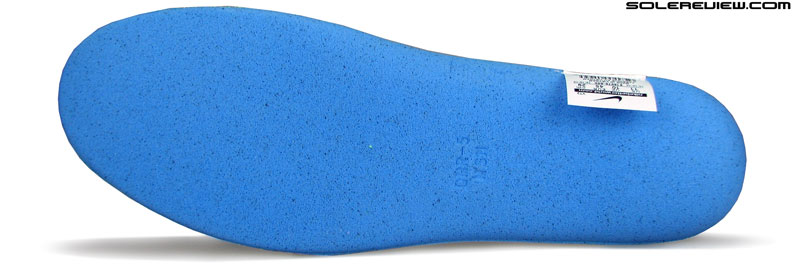
Both insoles use blown foam with Ortholite branding. This is the reverse view of the stock 4 mm insole.
We don’t remember the last time Nike supplied one of its running shoe models with dual insoles. We’ve seen it on other brands though, like in a few Sketchers models for example. In Lunarepic’s case, the provided insoles are of a 4 mm and 6 mm variety, both of which are manufactured of Ortholite branded blown foam.
The 4 mm insole is the default setting. While both insoles are indeed 4 mm and 6 mm when measured, the 6 mm one feels twice as thick as the 4 mm one. It could be because of how the 4 mm insole is molded. The 6 mm version has a die-cut forefoot, while the 4 mm one has molded edges in the same area.
And yet, all these variations are a means to an end, which happens to be the LunarEpic’s ride quality. And what’s that like?
This is where the Lunarepic really shines. The ride is super smooth as claimed, a product of a Lunarlon-EVA bonded construction and the outsole design. Cushioning comes from three layers; the insole+the foam lasting, the Lunarlon topping+laser grooves and finally the concentric ringed pods. Given their raised profile, the foam pods have a piston-like effect to them.
It is relatively easier to create a reference point if you have experience with the Flyknit Lunar 3 and the Nike LunarTempo. The Lunarepic feels somewhere in between those two, leaning slightly towards the LunarTempo’s ride quality.
Is the shoe responsive? Yes, you can say that, though it pales in comparison to an adidas Boost equipped shoe, which is currently the gold standard for true foam responsiveness.
We’re sure that Nike is cooking something up in their lab as we write this, but hey, seeing is believing.
Transitions are also superb on the Epic. The full contact outsole and consistent midsole heel-to-toe materials are architects of that experience, and the side slits also prove that they are much more than mere examples of fancy manufacturing tech.
One of the limitations of a softer Lunarlon core shoe (say the Lunaracer 3 or the Lunarglide 7) is that the cushioning feels centered. This is natural, considering that the Lunarlon center is softer than the firmer EVA casing which surrounds it.
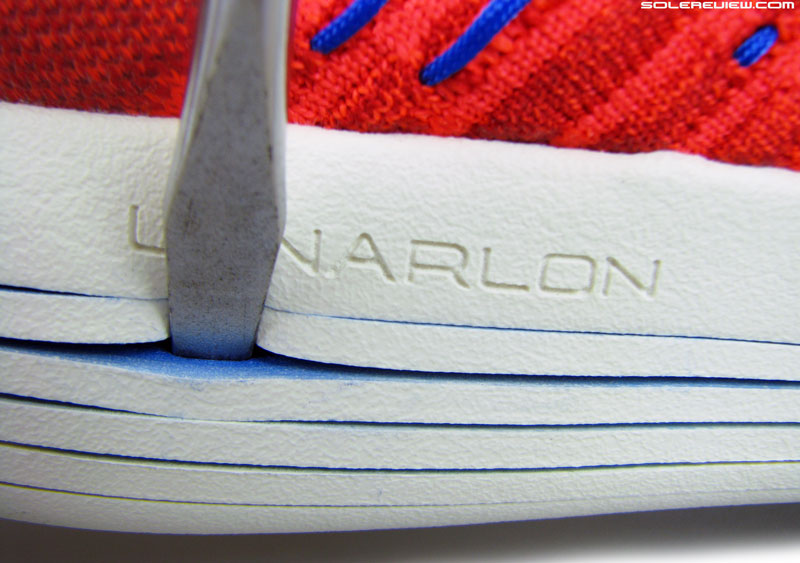
The midsole grooves help the midsole collapse on weight loading, spreading the cushioning sensation evenly.
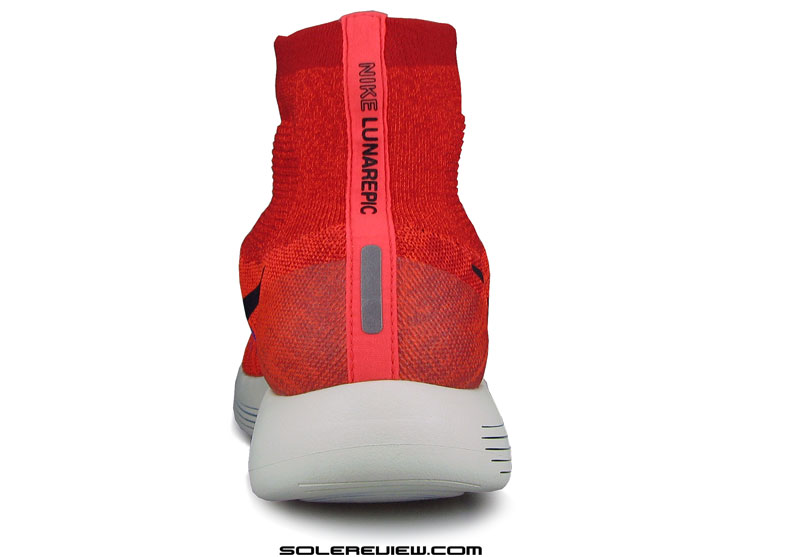
Note how the midsole groove extends further towards the heel – only on the lateral side. While this gives the Lunarepic a slight lateral cushioning bias, the midsole is supportive.
By laser cutting grooves into the midsole sidewalls, the Lunarepic’s cushioning feels evenly spread. When the Lunarlon core compresses under weight, so do the side slits at the same time. This equalizes the cushioning experience to some extent, as opposed to the sensation of distinct soft and firm areas.
It must be noted that while the Lunarepic is a neutral shoe, the sidewall slits on the outer (lateral) side are longer than the ones on the medial side. This gives the shoe a slight hint of a lateral bias, but that does not take away from the midsole’s supportive ride nature.
On a side note, this variation in slit design has potential in say, a model like the Lunarglide. If you left the medial midsole untouched, but laser cut wide grooves into the lateral side, wouldn’t that be a new-age spin on the motion-control concept? And from what we’ve seen on the internet so far, that is precisely the direction in which the new Lunarglide 8 is headed.
We must make it very clear that our favorable ride impression of the Lunarepic is based on using the thinner, 4 mm insole. It might be just 2 mm thinner, but it feels like a lot flatter than the supplementary insole.
As a result, the 4 mm insole results in better ground feel and greater responsiveness. And what happens if you decide to replace it with the 6 mm insole instead?
It increases the cushioning level for sure, but it dilutes the spring-back effect of the Lunarlon+pod midsole. Sluggish would be a good way to describe it, with the thicker foam slowing things down . It is amazing how much difference a couple of millimeters can make.
The thicker insole also influences the upper fit situation, and not in a very good way. We’ll get to that part of the review in a while.
Outsole grip is great. The underside might not have any rubber lugs for traction, but the cuts made into pods act as ribbed lugs resistant to sliding over the road. Using thin outsole ribs as a traction tool isn’t a new concept. In fact, it has been around for a long time. The Converse Jack Purcell is a good example.
The Jack Purcell’s outsole looks flat at first, but flex it, and dozens of near-invisible grooves break out in herringbone waves. This particular design existed even before Nike bought Converse, so it is pretty much a Jack Purcell thing.
This is where the similarity ends though; while the Converse shoe had very thin ribs going sideways, the LunarEpic has wider grooves arranged in a concentric ring set-up. The JP probably depends on a hot-knifing/wiring process to create these thin slits on its outsole surface.
And this is where flaw #1 of the Lunarepic becomes apparent. The grooves are a debris magnet, trapping fine gravel and their ilk, and does not let go. Unlike the Nike Free, which had somewhat of a self cleaning design due to its sideways groove orientation, the Lunarepic does no such thing. On the Free, each flexing action meant that the grooves splayed wide to release some of the trapped particles.
The opposite happens on the Lunarepic. Flexing means that the grooves turn narrower and elongated instead of wider, trapping the debris inside with greater intensity.
If you run anywhere other than on a pristine, dust-free piece of paved surface (in your dreams), then expect the outsole to act as a mini vacuum cleaner of sorts.
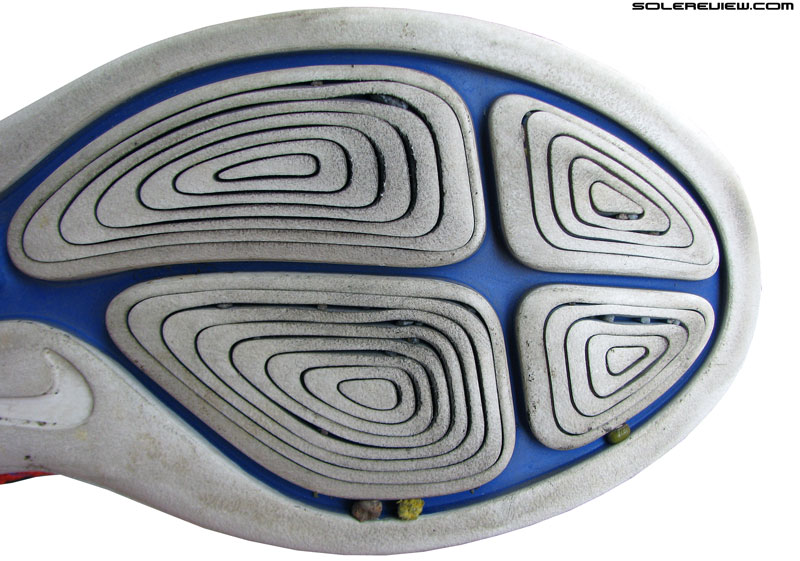
The forefoot pods stretch out when flexed, so there’s no escape path for the little dudes trapped inside the grooves.
It won’t be an exaggeration to say that the shoe will grow heavier by a few grams over time, as the outsole begins to add small pebbles to its collection. And you thought running helps you shed weight? Think again.
The sarcasm aside, this isn’t really a deal breaker. You’ll have to occasionally dislodge trapped debris from time to time, and this has no impact on the superlative ride quality of the Lunarepic Flyknit.
When seen in isolation, this midsole platform has great potential. It is good for most kind of runs, be it a short fiver or a marathon. Because the Lunarepic has the cushioning to go the distance without being bogged down.
And that pretty much sums up the laser-cut marvel which the new Lunarepic midsole is. Excellent ride quality as far as the areas of cushioning, stability and transitions are concerned.
You’ll have to live with the wayward outsole, however.
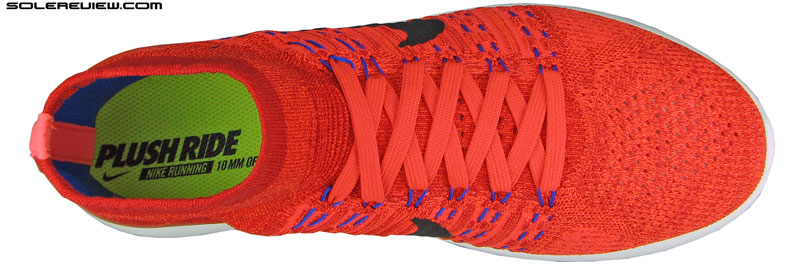
Nike’s Flyknit upper concept has evolved over the years. The Lunarepic in its high version is the latest interpretation of the Flyknit design.
The Nike Flyknit is in its fourth year now now, having gone through many iterations. Starting with the Flyknit Racer to the super-tight Free Flyknit to recent models such as the Free 4.0 Flyknit. Over time, the design has taken a turn for the sophisticated, with newer knit variations affording flexibility or tightness wherever needed.
The Lunarepic’s hi cut upper takes inspiration from an unlikely category: football, or soccer as it is known in the United States.
Back in 2014, the Nike Magista made news as the first football shoe with two new features – a high ankle design (who’d have thought?) and a knit upper base. Nike makes no secret of the fact that the Lunarepic Flyknit is directly influenced by the novel football boot.
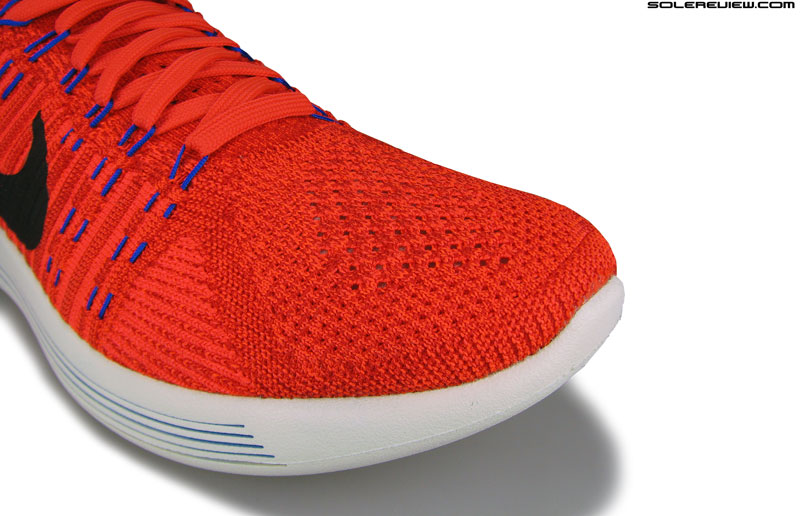
The forefoot is a mix of elastic and non-stretch knit areas. The top is elastic and vented, while the toe-bumper and sides aren’t. Makes sense.
So while the lower part of the shoe will look familiar – after all, you’ve seen the Nike Free 4.0 Flyknit in action. Much like the 4.0, the Lunarepic has flexible knit panels mixed with rigid parts for a blend of compression fit and support.
The forefoot area for example, is non-stretch Flyknit with a vented top and denser knit bands on the side for structure.
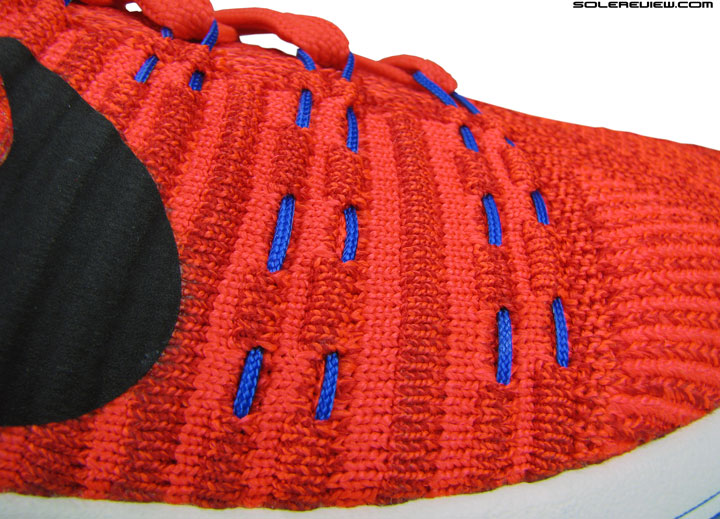
Flywire lacing loops are tethered to the upper base, and find their way up through a series of knit channels.
The midfoot panels are semi-rigid, having only a slightly elastic quality to them. This area is augmented with Flywire lacing loops, which is familiar scenery inherited from other Flyknit models.
There are these in-built tunnels through which the cords snake their way to the top. The top part – where the tongue usually is – happens to be super stretchy and ventilated, as you can see above.
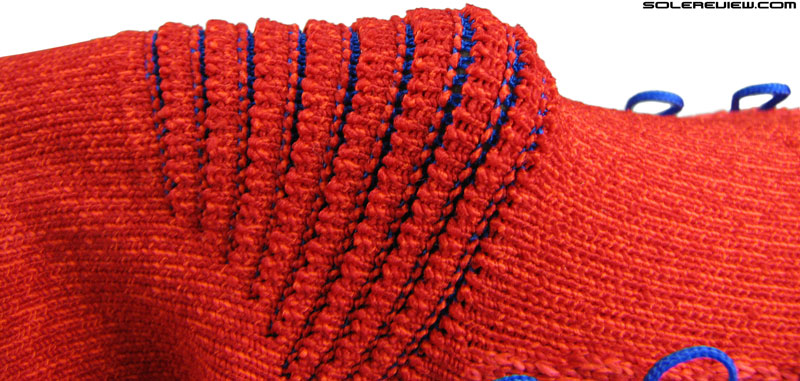
This the place where the tongue flap usually meets the foot. This area is extra stretchy; the ribs expose the elastic lining below.
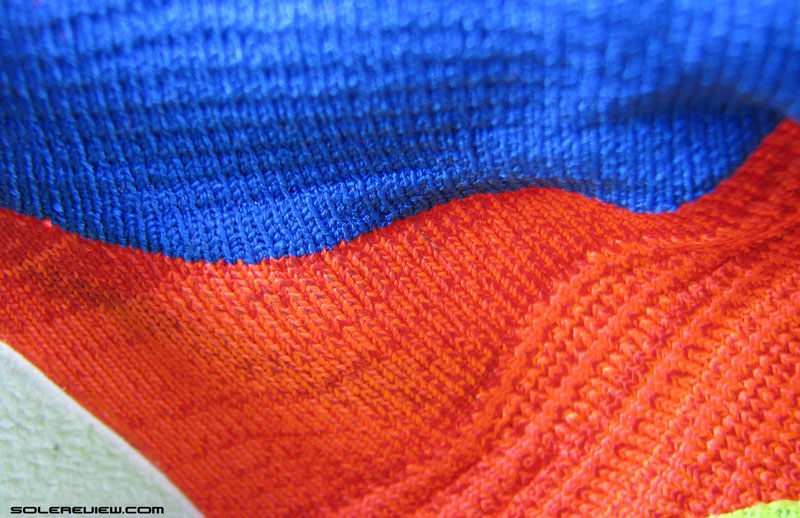
The blue fabric you see here is the elastic underside of the upper sleeve. The red section happens to be the lower heel area, which is non-stretch.
What the Lunarepic does differently than other Flyknit versions lies in its ankle band, the entirety of which happens to be elastic. The band has a higher level of stretch behavior in three parts; the first being the area where the tongue top meets the ankle band, and then on either sides of the sleeve.
If you push up with your fingers from inside in a stretching motion (pictures above), you’ll get to see the liberal knit structure and the blue elastic material below – which also happens to be the inner lining.
The lower part of the upper rearfoot is non-stretch like the forefoot. A combination of a laminated heel counter on the outside and a felt-like material on the inside adds structure to the heel.
That said, there isn’t a hard internal heel counter, so the rearfoot can be collapsed.
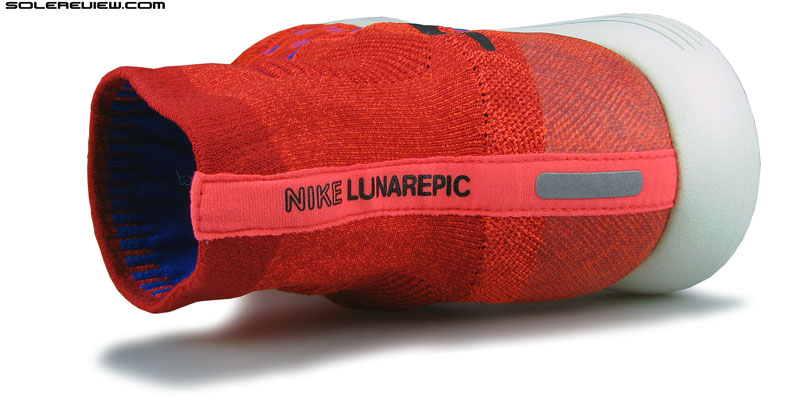
There’s only one seam on the Lunarepic’s upper, which is concealed with fabric taping over the heel. The silver trim on the lower part is reflective.
A fabric tape runs vertically over the heel, hiding the single seam joint of the Flyknit upper. Nike chose to display their model name and fuse a reflective trim on this band, and this is the first Flyknit shoe we’ve tested to have true reflectivity.
But then the Lunarepic is close to $200, so no big deal with a reflective trim or two.
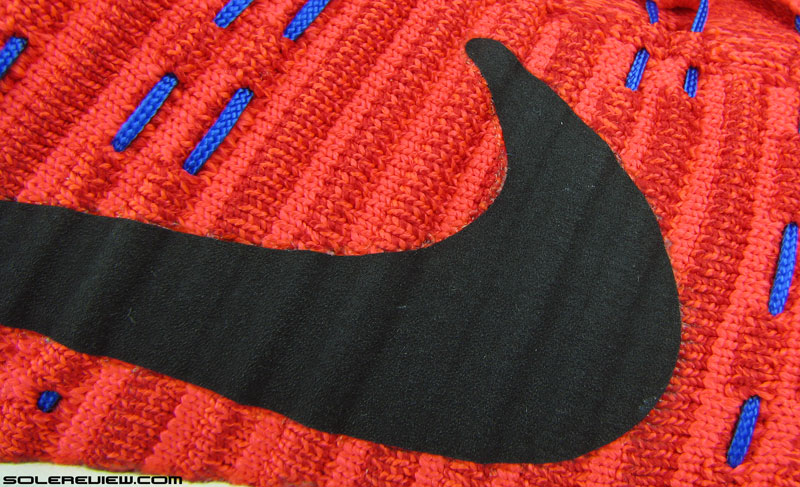
At last! The ugly, screen-printed logo used on other Flyknit models is gone. In its place is a fused type, which looks way better.
Nike has finally transitioned from a tacky, painted-on swoosh logo to a more sophisticated execution. Nike’s recognizable trademark is now fused on the Flyknit panel in a way which looks clean and premium.
The Lunarepic has two fit scenarios, because well, it has two insoles – one thicker than the other. So depending on which insole you decided to slide in, the upper fit quality will vary.
Let’s start with the 4 mm version, which is the default setting for the Lunarepic. For reasons that we’ll be happy to explain, this arrangement is what we recommend.
Unlike the relatively spacious Free 4.0 Flyknit (we’ll reference it because of its design closeness), the Lunarepic’s forefoot is pointy and shallow. The sides close in with noticeable snugness, and the toe-bumper ceiling is shallow, pressing down on the big toe.
As far as sizing is concerned, the LE fits very true. There is barely a thumb’s width of space ahead of the toes; while we don’t see that as a reason to go half size up, individual preference(s) may differ.
The low toe-bumper has a very Lunar Tempo-ish vibe to it, though the lack of an internal stiffener on the Lunarepic spares it of the LT’s odd toe-box manners.
The upper top is elastic, but the sides aren’t that accommodating due to their lack of in-built stretch. This is by no means a shortcoming, but it makes the Lunarepic out of bounds for runners with wide feet. Also, optional widths are not available. The snug upper owes it to the slim midsole profile underneath it, which is unlike the generously flared profile of Nike Free midsoles.
And what about the ankle band? It is a nice feature to have if done right. The upper rises seamlessly over the foot on the front and the sides, and the liberally elasticated portions makes the fit comfortable.
The Lunarepic story would have had a lived-happily-ever-after ending, but for one major flaw.
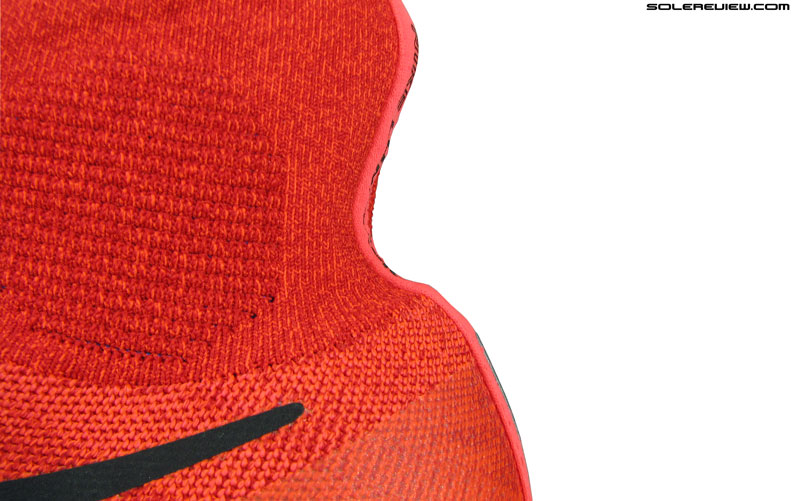
The upper heel is stretchy. The lower heel is not. So the joining point bears down over the Achilles area.
The same tape which you see on the outside heel goes inside, and joins with the white heel lining material. This meeting point becomes super thick as a consequence, and rubs against the skin during runs.
It also does not help that the heel counter curves aggressively inwards, a result of the difference in Flyknit stretch properties between the upper and lower heel halves.
Return after a quick 10k run, you’ll see a few ‘bite’ marks over your Achilles area. Imagine what running a half marathon or a full 26.2 in the Lunarepic would do.
And all of this happened when worn with socks higher than the shoe in length. After the 2nd run, we decided to DIY this problem. A filmic 3M Tegaderm was pasted on to the heel, and its padded center did a great job of protecting the skin against the irritating seam.
Needless to say, the Lunarepic (at least in its high ankle form) isn’t a shoe to be worn without socks. You will get blisters. A thicker pair of socks could also alleviate the problem, but then it’s going to noticeably tighten the already snug upper fit.
We understand that not all runners will encounter the ill-effects of the rogue seam, but even if there was a 10% chance of blisters, that is substantial.
It is amazing that a $30B+ brand which is capable of crafting its midsole with laser beams and making self-lacing sneakers is daft enough to leave a seam in a place where it has no business to exist.
And this is one of the two reasons why it is better to run in the Lunarepic using the 4 mm insole instead of the 6 mm one. For the 6 mm insole amplifies the seam problem.
The upper closes in around the foot with a higher level of compression, and unfortunately the heel seam is part of that too. The heel irritation is amplified 2x with the 6 mm insole.
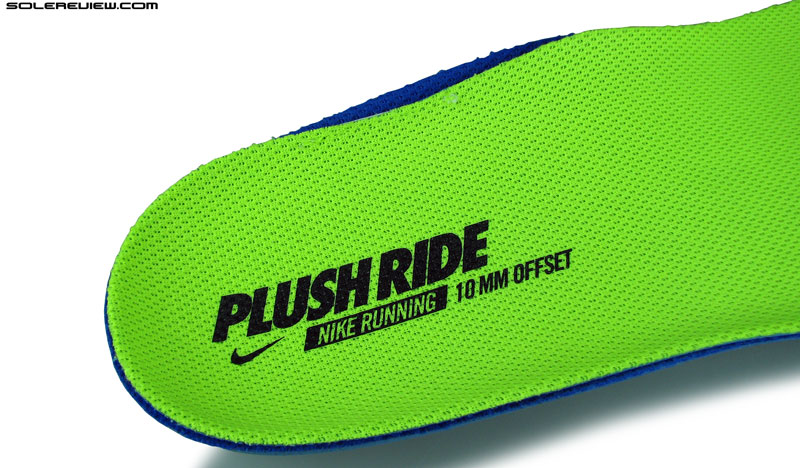
The 6 mm insole (in blue) is not only thicker, but also wider around the rearfoot area. Takes up a lot of extra space inside the shoe, making a tight shoe even more so. Do you like the cushioned feel of the 6 mm sockliner? Go half-size up, then.
The second reason you should not use the 6 mm insole is because you’ll have to go half up-size. Even with the stock 4 mm sockliner, the fit is just about right. Putting a thicker insert takes away whatever margin was left inside, and you’ll be very uncomfortable in the same shoe size.
It is worth underscoring that not only is the 6 mm insole thicker than the second insole, but is also wider around the rearfoot area.
So flaw #1 = debris hugging outsole, flaw#2 = stupid seam, and flaw # 3 = dual insole strategy. #1 and #3 aren’t deal-breakers, and can be managed with some muted cursing under your breath. The seam is an absolute no-no, and the only thing which makes an otherwise great riding shoe mediocre. No matter how good a shoe is, there is simply no comeback from a chafed Achilles.
Maybe you’ll be lucky enough to be spared from the heel irritant, and get to enjoy the smooth ride of the Lunarepic. Speaking of ourselves, we’ll wait for the low version of the Lunarepic. Logically (and hopefully), low ankle = no tape, and no tape = no seam joint.
So what could be a possible solution for the irritating seam? Well, it’s not so much the seam but the tape which is the culprit. Since the Lunarepic already has a tape on the outside, why extend it inside? Just join the seam with a flat lock, like how it is done on other Flyknits. Besides, that won’t be visible from the outside, so let function triumph over form.
Long term, we would love to see the Flyknit concept evolve, doing away with separate parts/inserts completely. What if the Lunarepic upper was made like a pair of athletic running socks?
It would entail re-imagining how the Flyknit upper is made, transitioning its manufacturing process to a (modified) circular knitting set-up, the same process which gives socks their tubular structure. If that is made possible, a Flyknit shoe will only have one seam to close – right at toe area, where it poses no threat.
This will also eliminate the need for a separate strobel, and the process of fixing it to the upper. The shoe could have a knit-in strobel part which is thin and flat; pack some soft foam underneath it, and you won’t even need a sockliner.
The Under Armour Speedform Gemini for example, does away with an insole entirely.
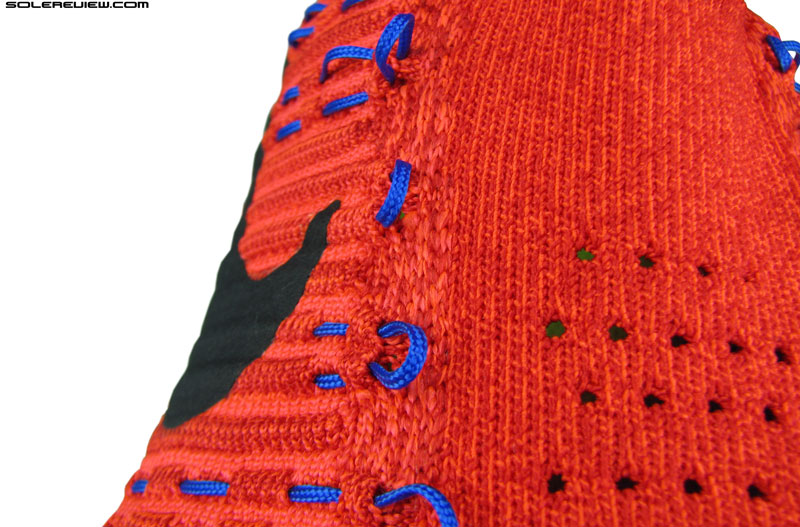
The Flyknit upper’s ability to seamlessly integrate densely knit areas can do away with external shoe components for good. The eyestay here for example, is super thick/stiff when compared to the rest of the upper.
With a (hypothetical) tubular construction, the upper does not even need a heel or toe stiffener. By making those areas densely knit, the heel and toe sections will get all the support they need. Even the Lunarepic has an example of this in action.
The eye-stay portion is super dense, which feels as almost if there is a hard insert beneath (like a shirt collar straightener). But there’s nothing inside the Lunarepic’s eye-stay; it is just the knit variation doing its job.
We know that talk is cheap, and an idea is only as good as its successful execution. Changing Flyknit to a tubular design might sound far fetched, but if a brand figures this out, a ‘seamless upper fit’ will be a reality, and not just a meaningless marketing hyperbole to be thrown around.
Also, it’s about time running shoes moved away from a strobel lasted construction, the same way it did from a board-lasted design many years ago.
(Disclaimer: For this review, Solereview bought the shoe at full US retail price.)

